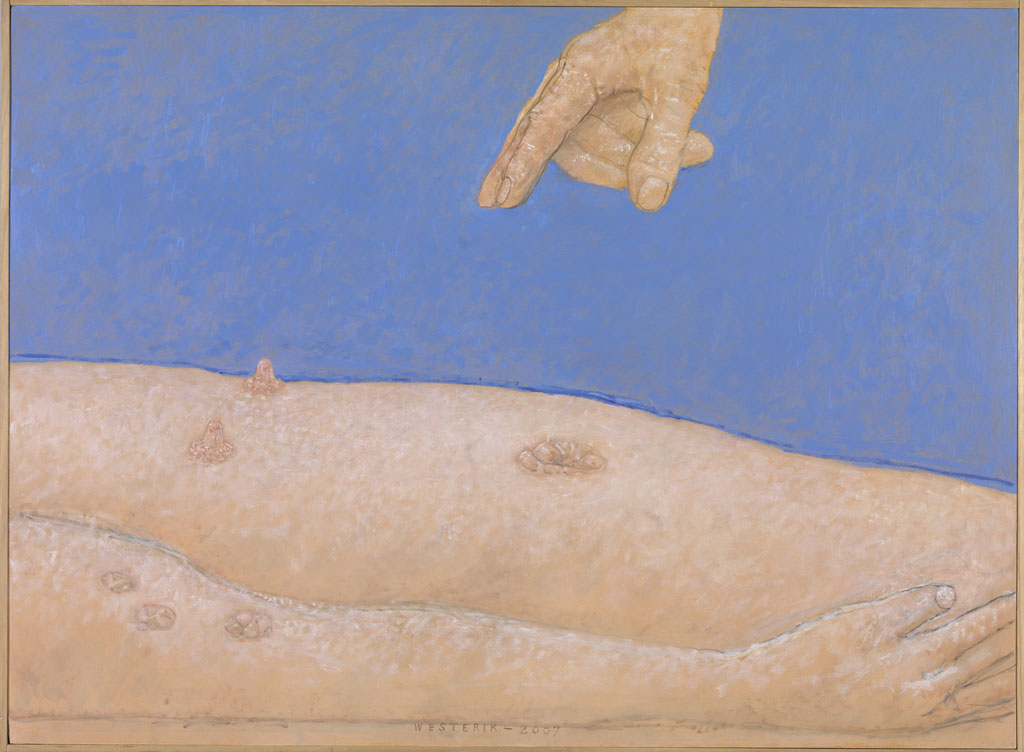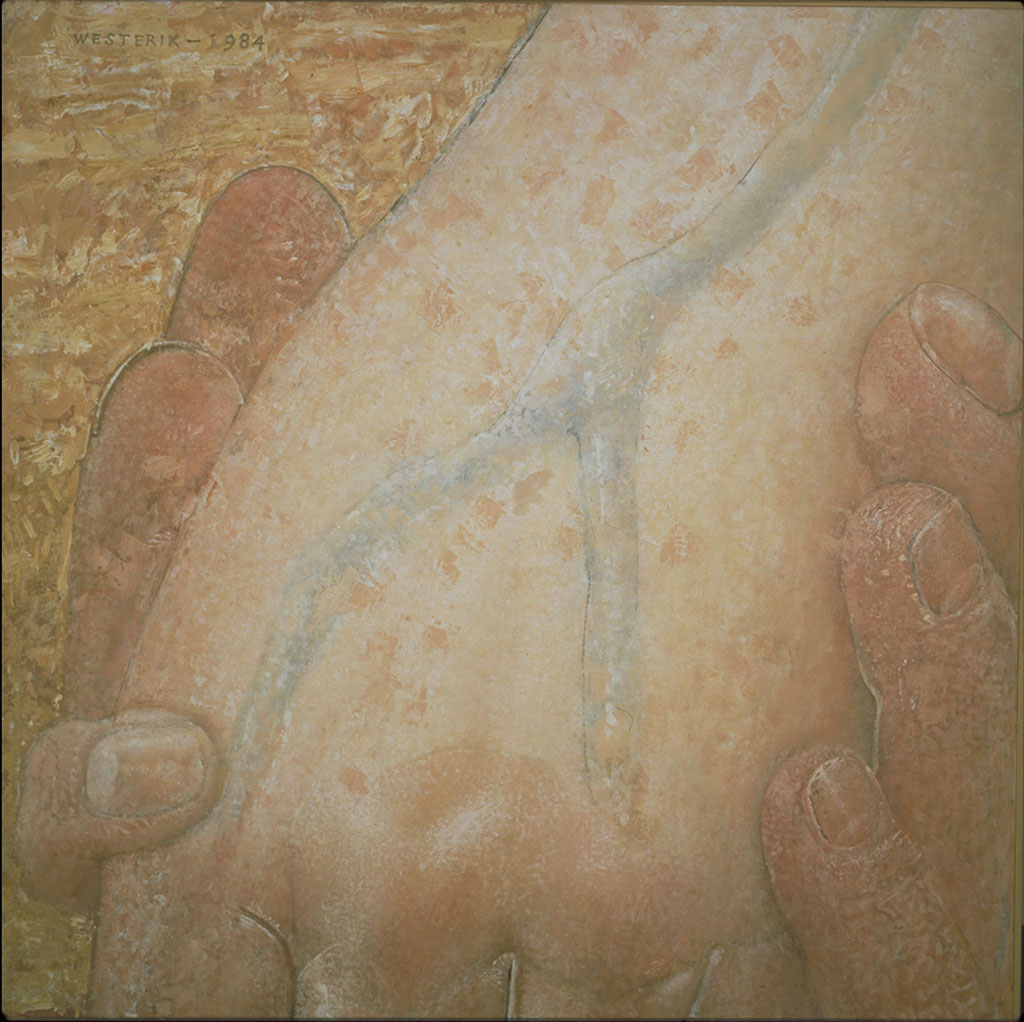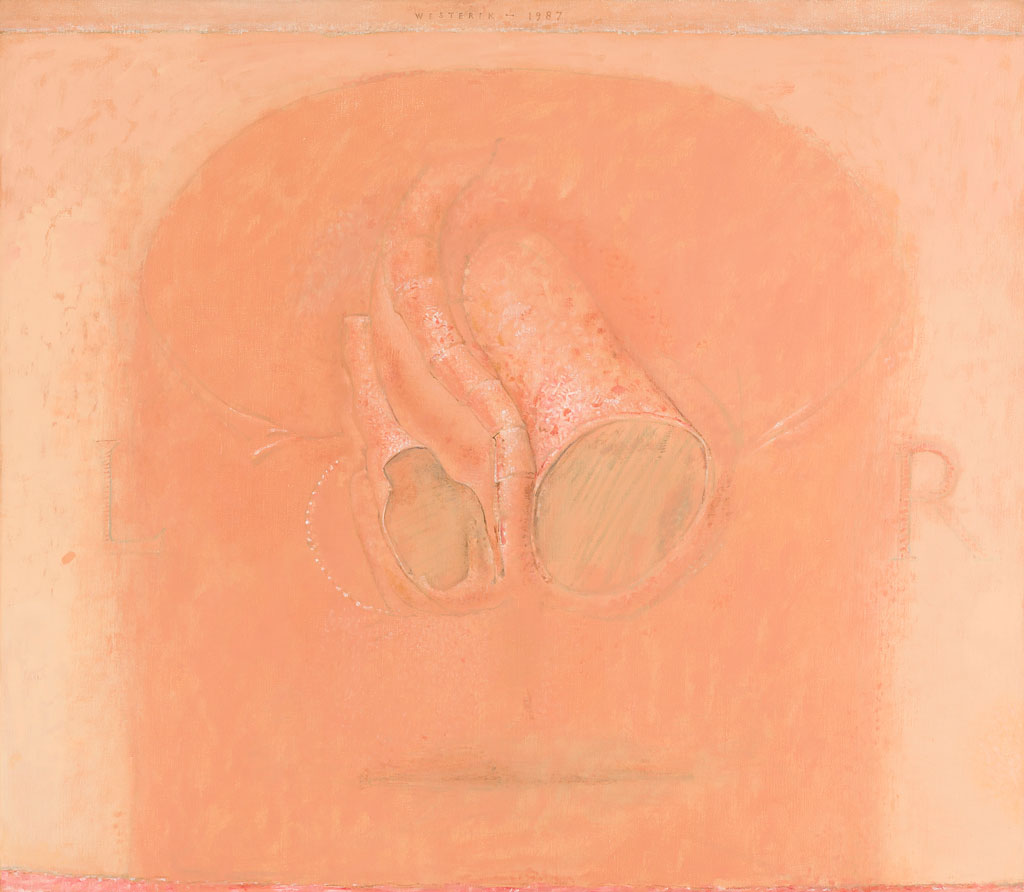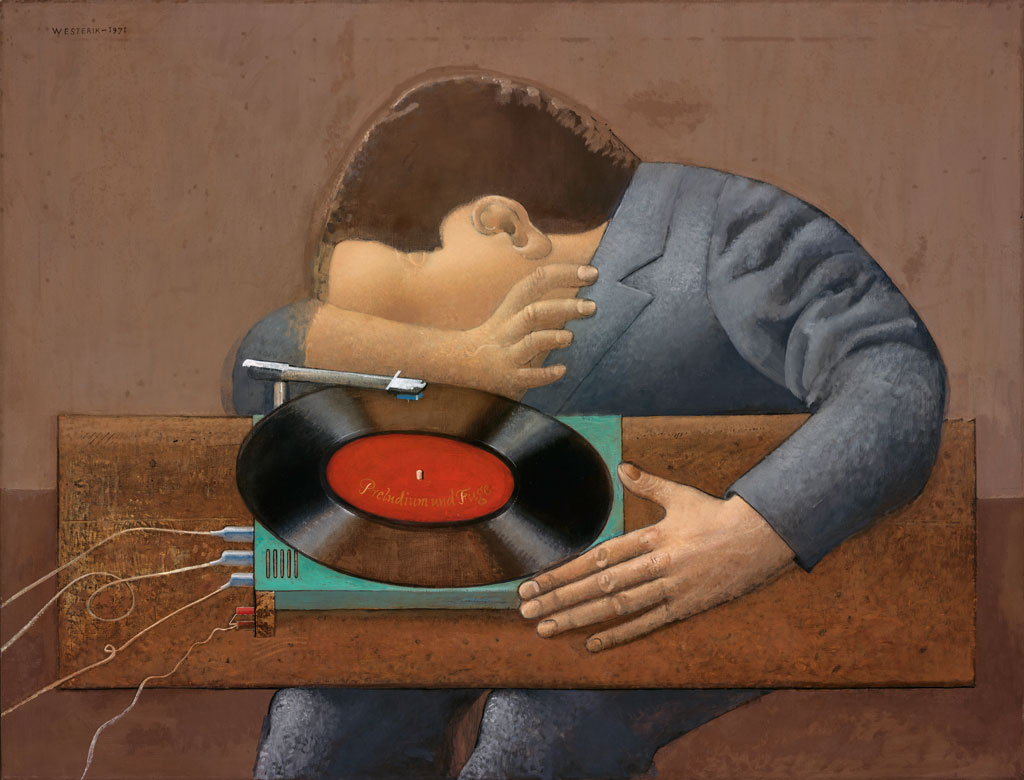ART CITIES:Rotterdam-Co Westerik
 Co Westerik is primarily known as a painter, but he has also produced plenty of drawings: his works in pen, pencil, crayon, watercolour and India ink were produced with a speed and lightness that distinguishes the drawings from his paintings. The latter consist of layers of paint that were applied with meticulous care, so they were produced extremely slowly.
Co Westerik is primarily known as a painter, but he has also produced plenty of drawings: his works in pen, pencil, crayon, watercolour and India ink were produced with a speed and lightness that distinguishes the drawings from his paintings. The latter consist of layers of paint that were applied with meticulous care, so they were produced extremely slowly.
By Dimitris Lempesis
Photo: Museum Boijmans Van Beuningen Archive
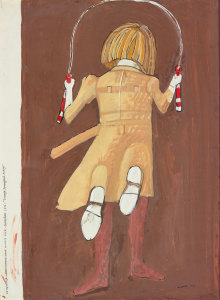
The exhibition “Everyday Wonder” offers an overview of Co Westerik’s oeuvre alongside 50 works by the artist, the presentation includes six diaries, which are being presented for the first time. The poetic character of Westerik’s works arouses feelings and emotions. The canvases show scenes that are derived from reality, but are transformed through the artist’s idiosyncratic, wonderful gaze. Everyday events and normal people acquire something uneasy in Westerik’s art. Details such as the swollen veins on the back of a hand in “The Kiss on the Hand” (1984) are magnified in such a manner that they assume a totally different meaning. This disquietment made the greatest impression in one of his most famous works, “Cut by grass”, of which Westerik produced five versions between 1966 and 1975. These works show one or several fingers above blades of grass in extreme close-up. A finger is cut by grass and the wound is depicted so graphically that the minor incident – something that Westerik personally experienced – acquires something nauseating. The exhibition also includes a special presentation in honor of Westerik’s monumental mural in Rotterdam: the 17-metre-high Girl Skipping Rope, which graced the side wall of the police headquarters at Haagseveer between 1976 and 1988. The fresco was cherished by the people of Rotterdam, but despite protests it was destroyed along with the demolition of this police station. Born in The Hague on 2/3/1924, Jacobus “Co” Westerik received his education at the Royal Academy of Art, The Hague from 1942 to 1947. After his graduation he made a study trip to the United States in 1948. After his return to the Netherlands, he settled as an independent artist in The Hague. With the artists Herman Berserik, Jan van Heel, Willem Hussem and Jaap Nanninga he participated in the Verve group, which they founded in 1951 and dissolved in 1957. From 1954 to 1958, Westerik was lecturer at the International School and the German International School, and from 1955 to 1958 also at the Vrije Academie voor Beeldende Kunsten in The Hague. From 1958 to 1971, he was a lecturer in figure drawing at the Royal Academy of Art, The Hague. Between 1960 to 1970, Westerik also lectured at Ateliers ’63 in Haarlem. In 1971, he moved to Rotterdam, and started a studio in the south of France, where he worked alternately until 2010. Westerik died on 10/9/018 in Rotterdam at the age of 94.
Info: Museum Boijmans Van Beuningen, Museumpark 18-20, Rotterdam, Duration: 9/2-26/5/19, Days & Hours: Tue-Sun 11:00-17:00, www.boijmans.nl
